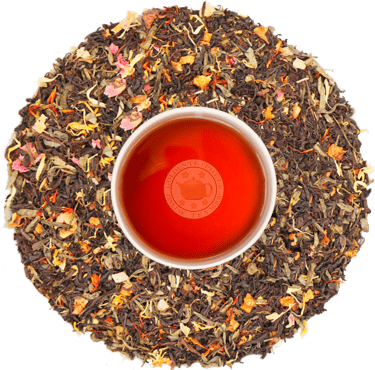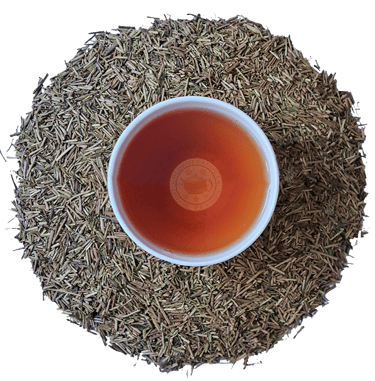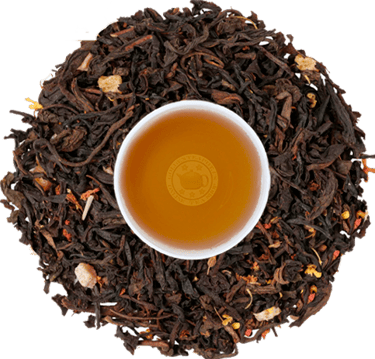MATCHA class "AAA"
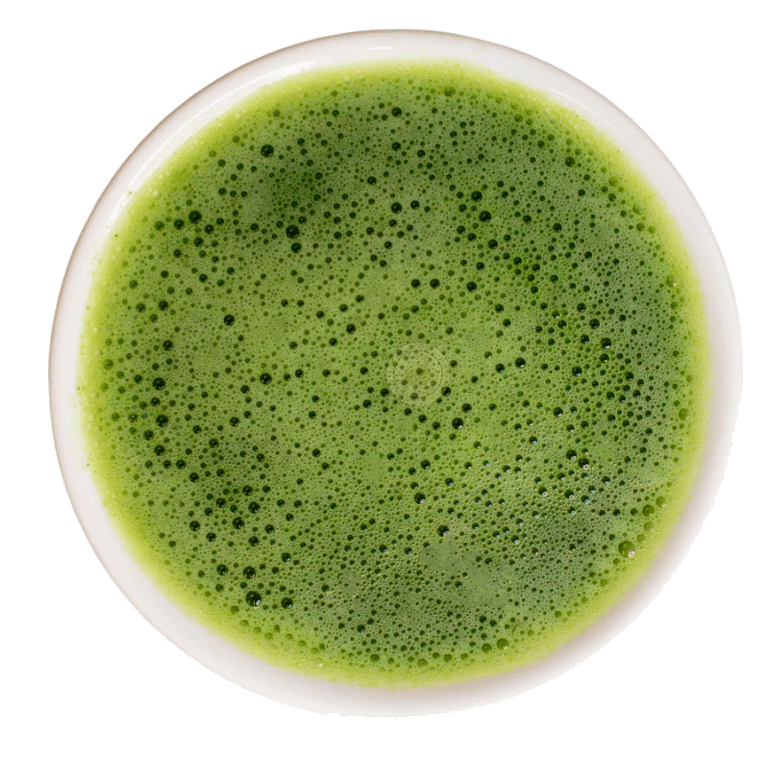

492+
53
Recommendations
Already Purchased
A rising star among green teas, this fine powder is both sipped and savored. Made by grinding whole tea leaves into a delicate powder, it’s whisked into water—delivering the full nutritional value of the leaf and a distinctive flavor reminiscent of freshly cut grass.
★★★★★
53 Reviews
Green Tea
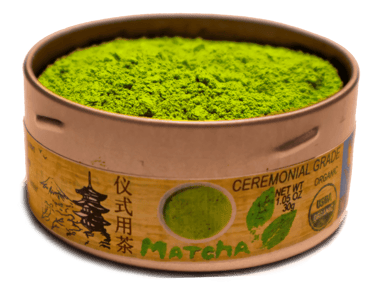

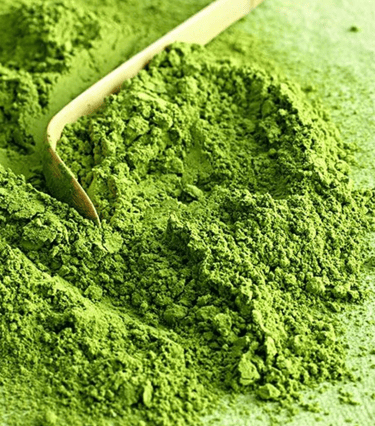

30 g / 1.05 oz
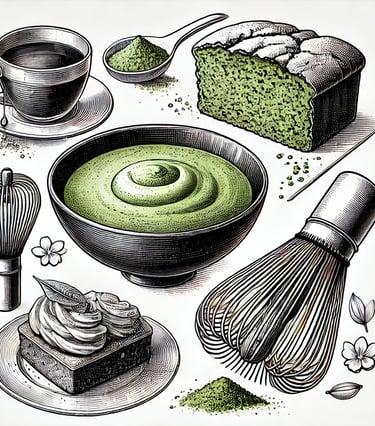


Original Flavor
Our Customers Recommend
Country/Region: China, Fujian
Type of Tea: Green Tea, Powdered
L-Theanine: Yes
Flavor: Fresh green aroma
Serving Size: 1g per (100ml water+100ml milk)
Temperature: 85–95 °C
Steeping Time: 2–3 minutes
Ceremonial grade matcha is valued higher than Premium grade due to its origin, demand, and harvest timing. The earlier the leaves are picked in spring, the more prized they are. The most expensive ceremonial matcha is harvested in March, while premium matcha is typically picked in June. This also affects the flavor: ceremonial matcha is smoother, creamier, and carries a fresh, spring-like aroma.
Premium matcha is made by carefully removing stems and veins from the tea leaves — a labor-intensive process that results in a smoother, richer powder. This extra care contributes to its higher price.
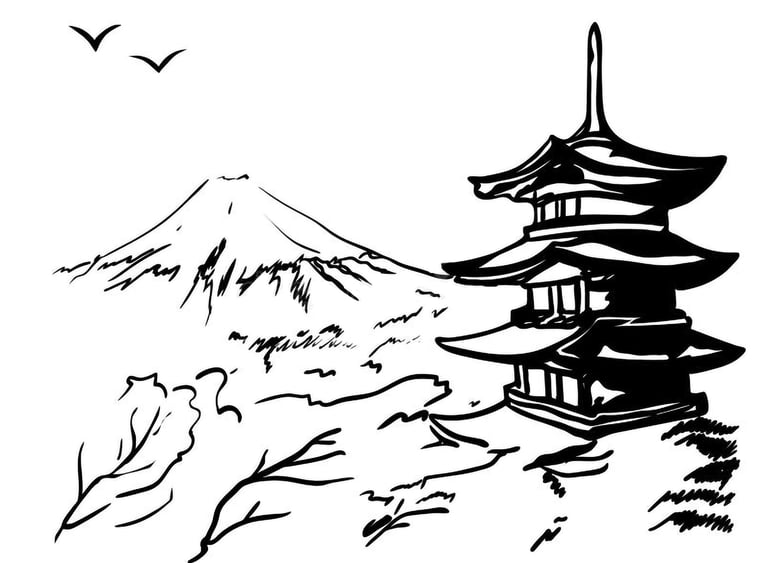

Tea bushes are shaded to limit sun exposure, which boosts chlorophyll and preserves delicate flavor compounds. Once the leaves mature, farmers quickly halt fermentation using a method called “kill-green” — a rapid steam treatment that locks in freshness. The resulting leaves, known as tencha, remain flat and unrolled. After removing stems and veins, the leaves are stone-ground into a fine powder — matcha.
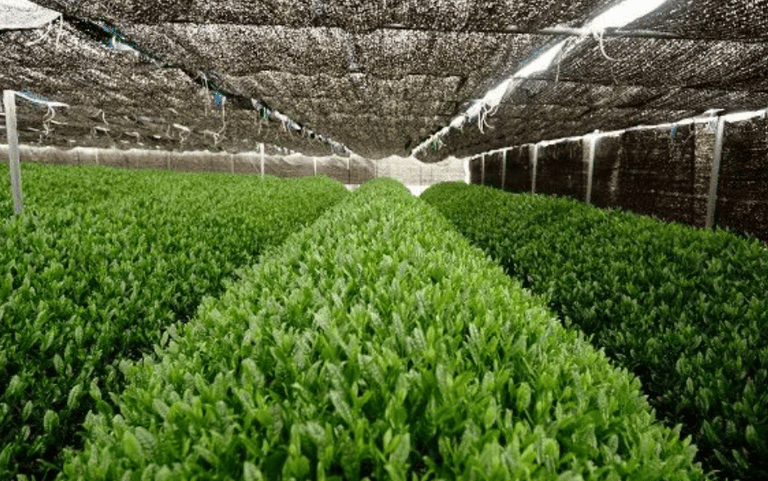

Matcha Production
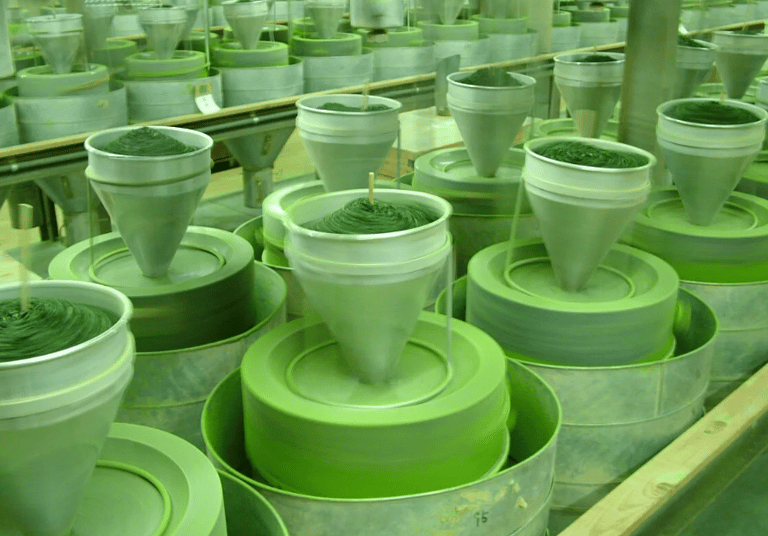

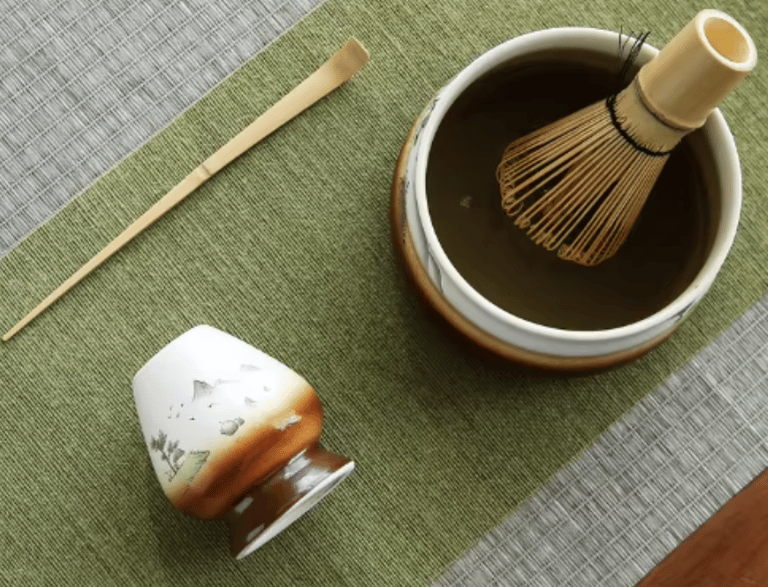

Matcha is a truly unique type of green tea. Unlike regular tea, it’s more “consumed” than simply drunk. What’s more, matcha offers far greater health benefits than traditional green tea. Studies have shown that its antioxidant concentration is several times higher than in other green teas. It’s also rich in L-theanine — an amino acid known to promote better mood and emotional balance.
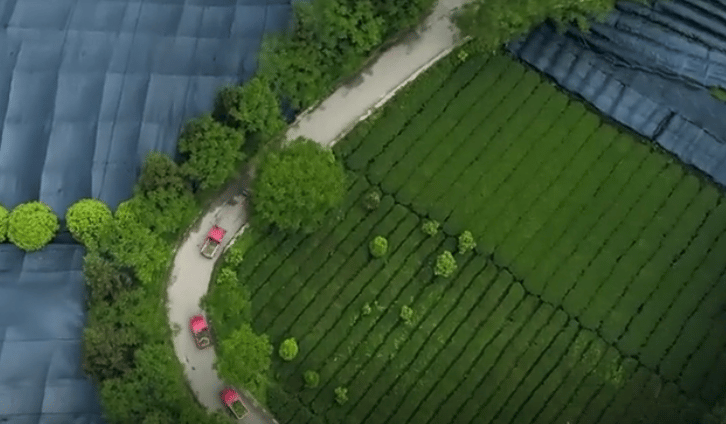

The practice of grinding tea into powder began in China, where whole leaves — including stems and veins — were milled into a fine blend. This powder was originally called "matcha," which literally means "ground tea." It was in this form that matcha was introduced to Japan. During the Middle Ages, the Chinese shifted toward the more familiar method of steeping tea leaves, while Japan continued to refine and perfect matcha production. Today, experts recognize Japanese matcha as the gold standard for its exceptional quality and craftsmanship.
Types of Matcha Tea
When people talk about authentic matcha, they mean the Japanese kind — a fine powder made exclusively from the tender flesh of the tea leaf.
5 Signs of Real Matcha Tea
Harvest: Spring Pick
Harvest: Summer Pick (noticeably different in color)
Ceremonial matcha is the type traditionally used in Japanese tea ceremonies. The leaves are harvested from select plantations at the optimal time of year — the earlier the harvest, the higher the quality and price. The most prized ceremonial matcha is picked in March.
Culinary matcha is made by grinding the whole leaf — including stems and veins — using industrial methods. It's commonly used in baking, ice cream, and beverages. When consumed on its own, it tends to have a bitter, less refined taste.
Aroma
The scent should fall within the aromatic range of “spring freshness” to “grassy” notes. Hints of sea or iodine-like tones may also be present. A smell of hay or smoke indicates improper storage or a flaw in the production process.
Flavor
High-quality matcha has a fresh, rich, and velvety taste. It should feature sweet, creamy notes without unpleasant bitterness — a sign that the tea bushes were shaded before harvest. If you brew a large amount of powder with little water, a grassy bitterness may come through.
Ceremonial matcha, for example, offers a soft, creamy taste with marine notes and a sweet aftertaste, complemented by a fresh, natural aroma.
Premium matcha has the scent of summer meadows, a creamy-floral flavor, and a mildly sweet finish.
Texture
Authentic matcha has a uniform, smooth texture because it’s made only from the leaf’s flesh. If stems and veins were ground in, tiny particles would remain — they may feel gritty, crunch between your teeth, and resemble sand mixed into the powder.
Color and Appearance of the Drink
Authentic matcha has a consistent texture with uniformly sized particles. The brewed tea should be a vibrant emerald green. In lower-quality matcha, uneven particles may float to the surface or settle at the bottom, creating a patchy residue and an unbalanced appearance in the cup.
Foam
Only tea rich in saponins — compounds responsible for foam formation — is ground into matcha powder. Proper, high-quality matcha should produce a stable, rich foam when whisked.
Usucha
This is the traditional method of preparation. The resulting brew is light and not too intense — a perfect way to get acquainted with matcha.
Add 2 grams of matcha to a bowl (about 2 bamboo scoops or 1 teaspoon for 150 ml).
Pour in 150 ml of water at 90 °C.
Whisk vigorously using a special bamboo whisk (chasen) or a milk frother until a fine foam forms on top.
Koicha
This is the ceremonial way of preparing matcha. The result is a thick, rich brew with a consistency similar to sour cream. Regardless of the matcha grade, the flavor often resembles a blend of nori seaweed and roasted seeds. This method is ideal for tea enthusiasts who enjoy bold flavors and want to immerse themselves in the spirit of Japanese tea ceremonies.
Scoop 4 grams of matcha into a bowl (about 4 bamboo scoops or 2 teaspoons for 50 ml).
Add 50 ml of water at 90 °C.
Stir slowly with a bamboo whisk, gradually working the mixture into a smooth, creamy consistency — but do not create foam.
How to Store Matcha Tea
Matcha oxidizes quickly, which causes it to lose its flavor and aroma. The longer it’s stored, the more yellow it becomes. Powder that’s been open too long may taste like hay. It's best to finish the tea within a month of opening the jar or vacuum-sealed pack.
Unopened matcha can be stored in vacuum packaging for up to two years. Once opened, keep it in an airtight container in the refrigerator. Just make sure to store it away from strong-smelling foods.
Optimal Preparation Method:
Use 1 gram of matcha per 200 ml of liquid (one full bamboo scoop).
Mix 100 ml of hot water with the matcha and whisk thoroughly (a bamboo whisk is ideal). Then add 100 ml of hot milk. A milk frother can enhance both the appearance and taste of the drink.
⚠️ Contains caffeine!
Matcha retains its color, aroma, and flavor well — even at high temperatures, making it great for baking bread or pastries.
Contraindications are listed in the article.
The taste is smooth, with a light mineral aftertaste, making it perfect for slow enjoyment. My rating for the product is good!
19 may ^2025 ★★★★★
Oliver K.
Вкус мягкий, с легким минеральным послевкусием, что делает его идеальным для медленного наслаждения. моя оценка товара хорошая!
20 сентября ^2024 ★★★★★
Svetlana P.
Быстрая доставка, хорошее качество. Спасибо!
3 марта ^2024 ★★★★★
Natasha N.
Настоящий чая для настоящих аристократов. цена-качество соответствует действительности минусов не увидели!
25 января ^2024 ★★★★★
VICTORIA S.
Leave a Review
PHOTO MUST BE UPLOADED SEPARATELY VIA THE LINK BELOW
IMPORTANT! Without a photo, your review may not be published.



